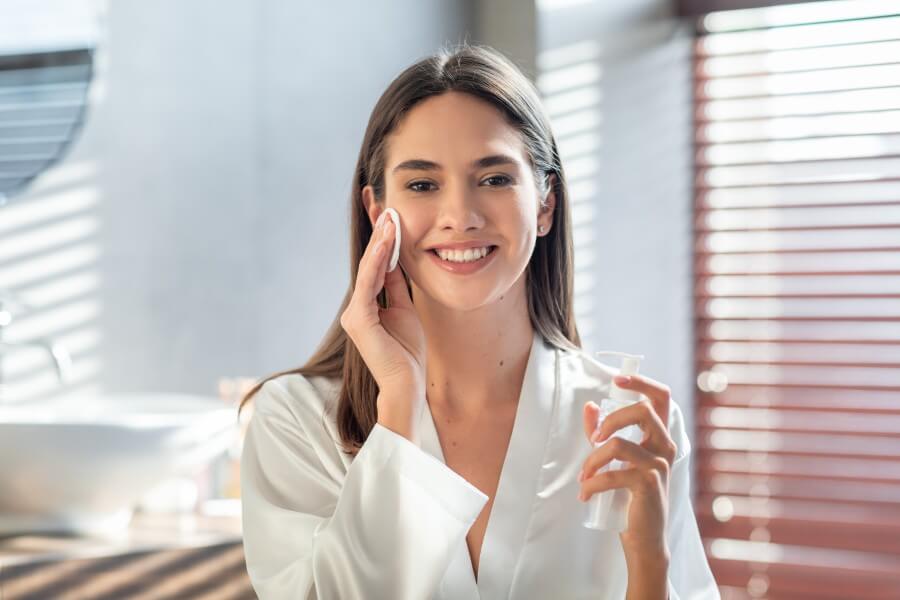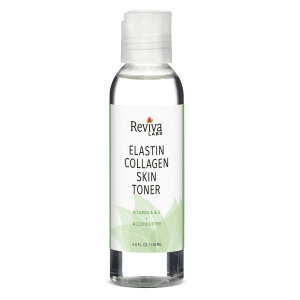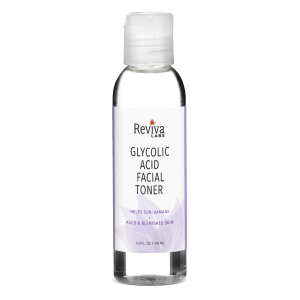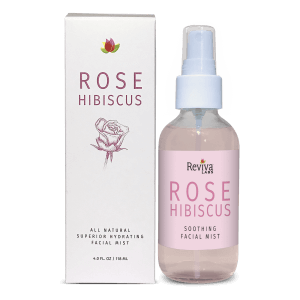Ingredients, Natural, Reviva Labs, Skin Care
Toners vs Essences
In the ever-evolving world of skincare, understanding the nuances between different products can be a challenge. Two products that perplex even the most seasoned skincare enthusiasts are toners and essences. While both are pivotal in a comprehensive skincare regimen, they serve unique purposes and offer distinct benefits.
Toners were traditionally known for their role in the cleansing process. Think of a toner as the final step in cleansing, designed to remove any residual dirt, makeup, or cleanser that might still be lingering on the skin after washing. However, modern toners do much more than just cleanse. They are formulated to restore the skin’s pH balance, which can be disrupted during cleansing. A balanced pH is crucial for maintaining skin’s health and preventing issues like excessive dryness or oiliness.
Toners Prepare The Skin
Toners also serve as a preparatory step for the skin to absorb subsequent products more effectively. By slightly dampening the skin, they enhance the penetration of ingredients from serums, moisturizers, or treatments that follow. Moreover, many toners now come enriched with various skin-loving ingredients like hyaluronic acid, antioxidants, and botanical extracts. These ingredients provide additional benefits like hydration, soothing irritation, and protecting against environmental stressors.
Essences Are New To Western Skincare
Essences are a relatively new addition to the Western skincare routine having been a cornerstone in Asian beauty regimens for years. Essences are typically more lightweight and less concentrated than serums but more hydrating and nourishing than toners. Their primary role is to hydrate and treat the skin. Packed with active ingredients, they target specific skin concerns like skin repair and rejuvenation.
The key difference between toners and essences lies in their texture and concentration of active ingredients. Essences are typically more viscous than toners and are loaded with a higher concentration of active ingredients. These ingredients are often aimed at addressing dryness, fine lines, wrinkles, dullness, and uneven skin tone. Essences penetrate deeply into the skin, providing a level of hydration that is more intense than what a toner typically offers.
Using an essence is like giving your skin a concentrated boost of essential nutrients. It’s a step that enhances the skin’s natural cell turnover, brightening and evening out the complexion over time. Ingredients commonly found in essences include hyaluronic acid, glycerin, and various plant extracts, all known for their hydrating and anti-aging properties.
Additionally, essences often contain a high concentration of fermented ingredients. Fermentation breaks down molecules into smaller sizes, making it easier for the skin to absorb them. This process also creates new skin supporting compounds, like amino acids and antioxidants, which help in nourishing and rejuvenating the skin.
While both toners and essences contribute to hydration and preparing the skin for subsequent products, their texture and application differ. Toners are typically more watery and are applied using a cotton pad or by patting with the hands. Essences, on the other hand, have a slightly thicker consistency, akin to a lightweight serum, and are usually applied by gently pressing into the skin with the hands.
Toners Come After Cleansing
In a skincare routine, toners are used immediately after cleansing, followed by an essence. This sequence allows the skin to be thoroughly cleansed, pH balanced, and primed for the hydrating and treatment benefits of the essence. Together, they lay a foundation for a healthy skin barrier and enhance the effectiveness of the skincare products that follow.
It’s also important to note that not all skin types require both a toner and an essence. The choice depends on individual skin concerns and goals. For instance, someone with oily skin might prioritize a toner to help control excess sebum, while someone with dry skin might find more benefit in the hydrating properties of an essence.
While skin care toners and essences might seem similar at first glance, they serve very distinctive roles in a skincare regimen. Understanding these differences can help in creating a more effective and personalized skincare routine. As always, it’s essential to listen to your skin and choose products that cater to its unique needs.










